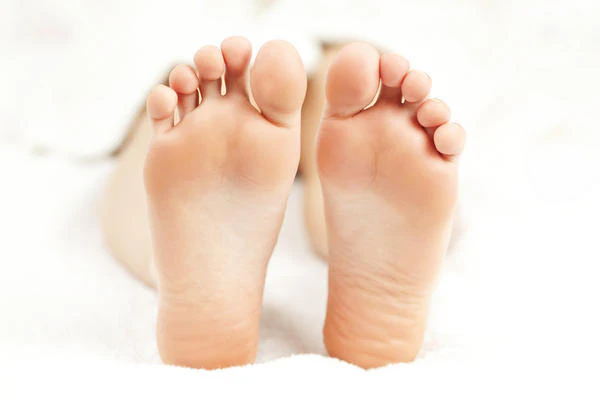Those who stand for long periods because of their jobs face increased foot health risks. Prolonged standing places substantial stress on the feet, which can manifest as discomfort, swelling and more serious conditions over time if preventative care is overlooked. Understanding habits that optimize foot health helps mitigate damage for people who stand all day.
How Standing All Day Impacts Overall Foot Health
Standing for hours on end differs from more evenly distributed movement patterns. In prolonged standing, the plantar fascia ligament and fat pad underneath the heel sustain continual strain without reprieve as body weight presses down. Localized pressure pools blood rather than keeping it circulating. Gravity also pulls downwards, increasing swelling (edema) around the ankles common in jobs requiring extended standing like retail, nursing or factory work. Muscles must perpetually contract to maintain balance and alignment against this constant downward pressure, which leads to cramping and fatigue over a full shift. All these factors make feet more vulnerable to acute issues like blisters, plantar fasciitis or heel pain in the short term. Long term, this cumulative trauma also hastens the onset of more permanent foot damage or deformities like flattened arches, joint deterioration and neuropathy.
Key Tips to Care for Feet That Stand All Day
Implementing targeted foot health habits helps withstand the daily rigors of jobs requiring hours of continual standing:
Supportive Footwear
Shoes are the foundation of standing all day without pain. Well-cushioned, shock-absorbing shoes with solid arch support enhance comfort and delay fatigue. Avoid flats, sandals, or designs lacking padding. Consider custom orthotic inserts for additional stability and realignment.
Frequent Short Breaks

Take regular sitting or walking breaks every 30-60 minutes, even for a few moments. This activates circulation, reduces swelling and gives overworked tissues respite from continuous load bearing.
Proper Stretching
Simple foot and calf stretches before, during and after shifts preserve flexibility and range of motion, which boost shock absorption.
Foot-Strengthening Exercises
Bulk up the intricate web of foot muscles with towel scrunches, marble pickups and more to withstand standing demands without strain.
Proper Posture
Ensure even weight distribution across feet rather than slumped posture that skews pressure towards isolated areas, causing discomfort faster.
When to Seek Podiatry Care for Damaged Feet
Taking preventative steps keeps your feet in good condition for a job that involves standing all day. However, even disciplined individuals may develop problems over years of repetitive use. Be proactive about mitigating risks of long-term damage via regular podiatrist visits. Podiatrists, like those at Beyond Podiatry, can identify emerging damage or deformities before chronic conditions set in. They can fit workers who stand all day with custom orthotics realigning posture across the soles.
Other advanced interventions include supplementary padding, compression stockings improving circulation or shockwave therapy breaking down scar tissue and calcium deposits. Don’t simply shrug off foot pain as an inevitable companion to jobs keeping workers on their feet all day. Consult podiatrists at the first twinge of discomfort about options tailored to your unique needs. Custom treatment can correct issues promptly rather than allowing problems to compound untreated.
Conclusion
Standing fixed in place for 8+ hours stresses the intricate architecture of muscles, joints and delicate tissues comprising the feet. However, implementing supportive footwear, scheduled rest breaks, targeted stretches and exercises makes enduring prolonged standing feasible. Prioritizing self-care optimizes resilience against fatigue, discomfort and long-term damage wrought by all day standing occupations. With vigilance and quick intervention at the first sign of problems, your feet can withstand the daily demand while remaining pain-free and healthy for many years to come.

